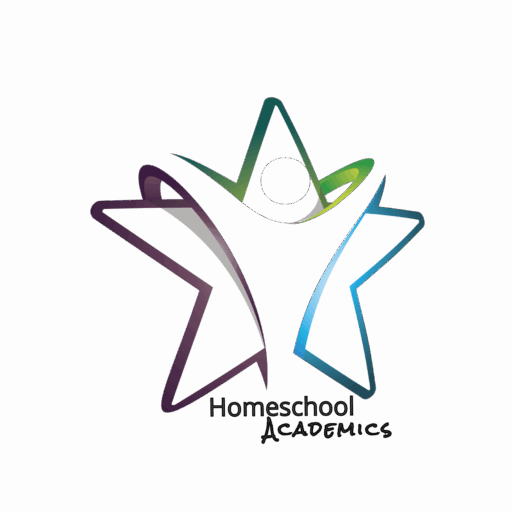Supporting students with dyspraxia (developmental coordination disorder) requires strategies that address motor challenges, organization, and planning difficulties while providing a structured and understanding learning environment. Here are some effective classroom strategies:
Motor Skills Support
- Break tasks into steps: Simplify complex tasks into smaller, manageable steps and guide the student through each step.
- Use alternative methods for writing: Provide assistive technology like typing on a computer or tablet to reduce the strain of handwriting.
- Use larger tools: Offer larger pencils or pens with grips, and wide-lined paper to make writing easier.
- Provide extra time: Allow additional time for tasks that require fine motor skills like writing or cutting.
Classroom Environment
- Flexible seating: Create a seating arrangement that allows for easy movement and minimal distractions. A space with ample room to move can help.
- Visual schedules and instructions: Display step-by-step instructions with pictures or diagrams to help the student understand and follow routines.
- Clutter-free workspaces: Keep desks and workspaces organized to help students with dyspraxia focus better and reduce overwhelm.
Physical and Sensory Support
- Incorporate physical breaks: Schedule movement breaks to help with motor coordination and attention.
- Adapt PE activities: Modify physical education tasks to accommodate coordination difficulties, such as breaking down movements into simpler parts or allowing alternatives to traditional sports.
- Provide sensory tools: Offer tools like fidget toys, stress balls, or textured surfaces to help with sensory processing.
Cognitive and Learning Support
- Use multi-sensory teaching approaches: Engage multiple senses during learning activities, like using visual aids, auditory cues, and hands-on materials.
- Provide scaffolding: Give extra guidance initially and gradually reduce it as the student becomes more confident.
- Explicitly teach organizational skills: Help the student with dyspraxia learn strategies for organization, such as using color-coded folders or visual checklists for tasks.
Social and Emotional Support
- Encourage peer support: Pair the student with a buddy or supportive peers to help them navigate social and academic challenges.
- Build confidence: Offer praise and positive reinforcement for effort, not just the result, to build self-esteem and reduce frustration.
- Be patient with mistakes: Recognize that coordination and motor skills may take longer to develop, so allow room for error and gradual improvement.
By providing these supports, you can help students with dyspraxia thrive in their learning environment.


